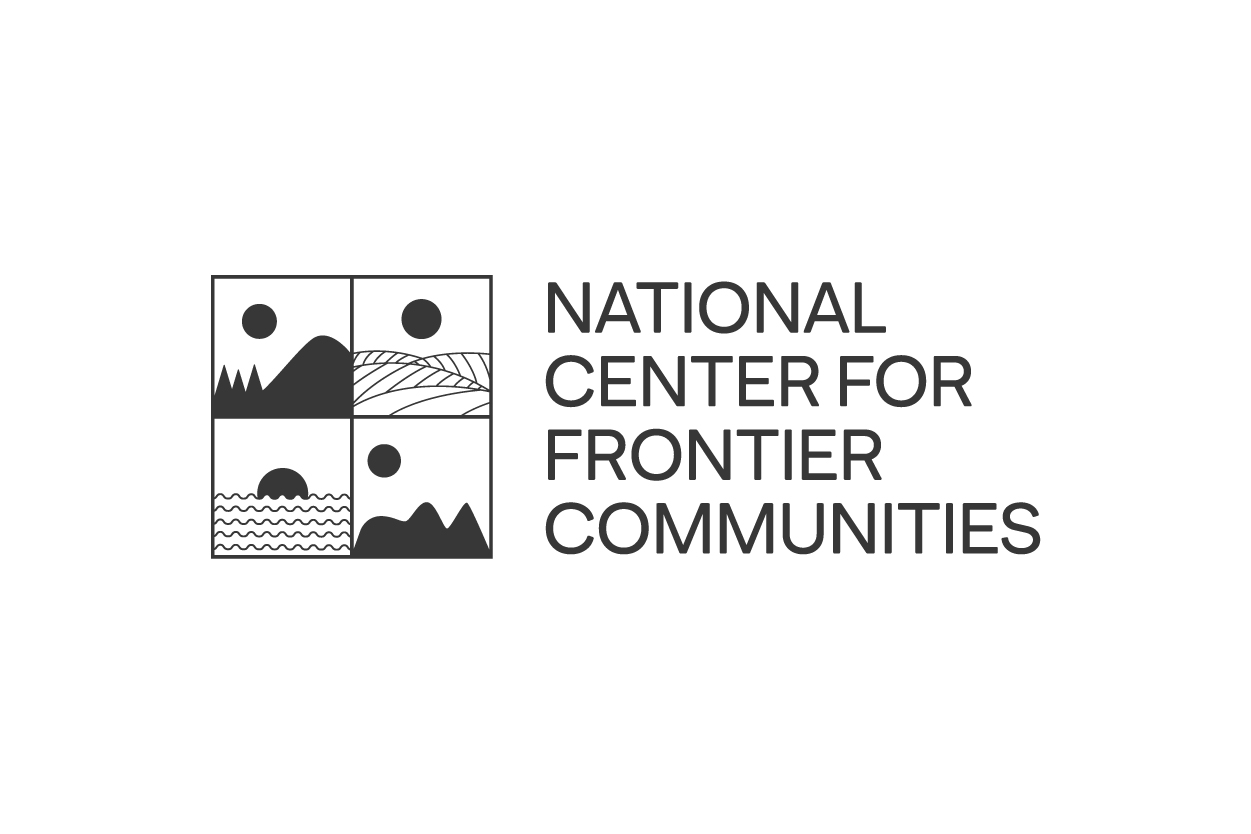Frontier Communities Celebrate National Rural Health Day with a Legislative Win
Industry: Non Profit & Charity
National Center for Frontier Communities (NCFC) joins the National Organization of State Offices of Rural Health, the National Rural Health Association, as well as state agencies such as the New Mexico Office of Primary Care and Rural Health in celebrating National Rural Health Day November 18, 2021. Held annually on the third Thursday of November, this day pays tribute to the thousands of men and women, first responders, over 1,300 Critical Access Hospitals, the estimated 4,500 Rural Health Clinics, and thousands more rural health organizations serving the unique health needs of an estimated 57 million rural lives across the Nation. #PowerofRural #PowerofRuralandFrontier#PowerofFrontier
Silver City, NM (PRUnderground) November 18th, 2021
National Center for Frontier Communities (NCFC) joins the National Organization of State Offices of Rural Health, the National Rural Health Association, as well as state agencies such as the New Mexico Office of Primary Care and Rural Health in celebrating National Rural Health Day November 18, 2021. Held annually on the third Thursday of November, this day pays tribute to the thousands of men and women, first responders, over 1,300 Critical Access Hospitals, the estimated 4,500 Rural Health Clinics, and thousands more rural health organizations serving the unique health needs of an estimated 57 million rural lives across the Nation.
2021 has been especially hard for rural areas with limited access to health care and broadband but New Mexico has found a way to begin to change that going forward. A new bill for rural and frontier equity, which was passed into law during New Mexico’s 2021 legislative session. Senate Bill 193 (SB 193) establishes a “frontier equity Ombud office ” that will work to understand and address concerns across New Mexico’s rural and remote spaces. It is a national model with a myriad of interests from other remote states.
“There’s finally hope for frontier communities to have a say in their future.” said Stacey Cox, director of the National Center for Frontier Communities (NCFC), the organization that drafted the bill.
The Ombud’s role will work to correct the ways that the frontier can be left out of policy and grant making processes: for example, certain grant programs that require communities to match federal dollars aren’t feasible in sparsely-populated areas. The ombud will also help collect data on rural New Mexico and leverage funding opportunities for communities as the state continues to distribute Covid-19 recovery funds.
Seventy percent of land and 24 percent of residents in New Mexico are considered by the United States Department of Agriculture (USDA) as part of the “frontier”. With fewer representatives, fewer capital outlay dollars, and fewer grant writers than large cities, frontier communities can suffer from a lack of funding. That shows up in concrete ways for residents, including less data about community needs, precarious broadband infrastructure, and long drives to the doctor or to school.
In many ways the nation mirrors New Mexico with more than 56% of the United States land area considered frontier and over twelve million people living in small towns, settlements, and communities far from market/service centers. 54% of American Indian and Alaska Natives people, a majority, live in or near reservations. Nineteen states, both blue and red contain 95% of the land designated as frontier. 49% of the freshwater in the US is in or near frontier communities. Additionally, frontier communities are a major source of mineral, energy and agriculture production.
Rural and frontier America are fueling an innovative health infrastructure where health care workers are more satisfied with their jobs. Rural nurse practitioners stay in their jobs longer than their urban counterparts and are more satisfied with their jobs while practicing to the fullest extent of their license. Yet, rural communities face a disproportionate shortage of qualified health care providers with only 68% of health professionals needed in rural and frontier communities.
While rural and frontier America are home to so many of the landscapes we love as Americans, often those living in cities don’t understand the disparities associated with living in frontier and rural America. What if those living in cities were unsure of whether an ambulance would arrive if they were hurt? This is one of many issues that people living in frontier areas deal with daily.
About Stacey Cox
New Mexico State Bill is a model for rural and frontier communities


